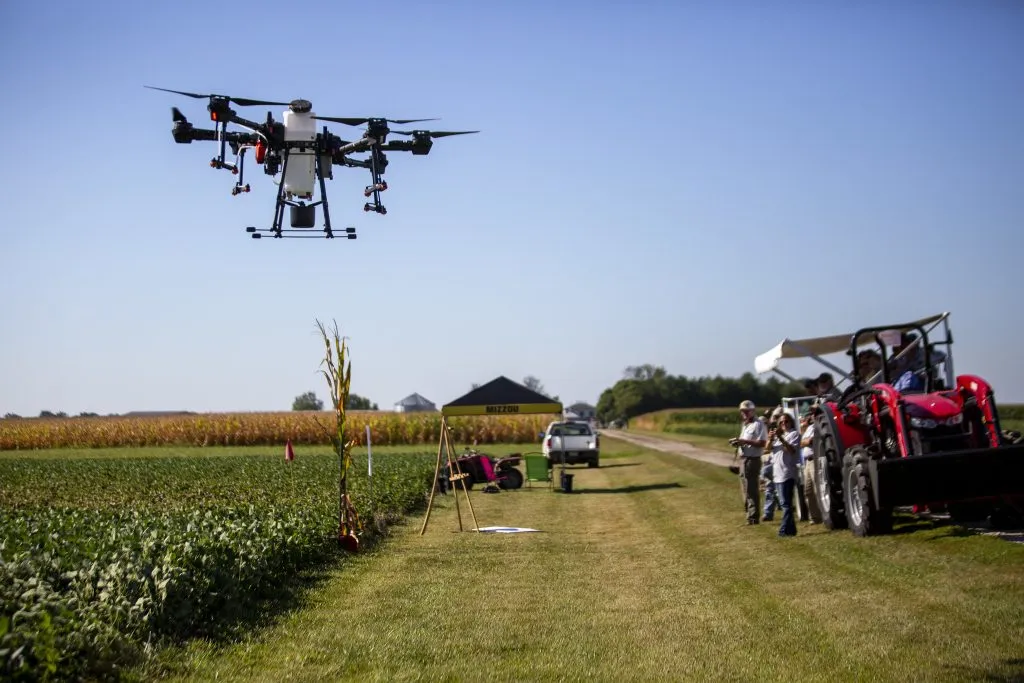Missouri farmers gathered this week at the Ag Innovation Showcase, a field day designed to bridge the gap between emerging agricultural technology and on-farm profitability. The event, hosted by the Missouri Soybean Association at its Farm for Soy Innovation, underscored a growing reality in modern farming: staying competitive increasingly depends on adopting the right tools before they become mainstream.
The sentiment was best captured by Renee Fordyce, president of the Missouri Soybean Association and a farmer from Harrison County. “If you’re not keeping up, you’re losing out,” she said, pointing to the rapid pace of innovation in agriculture. The showcase isn’t just about flashy gadgets—it’s about equipping farmers with practical solutions to boost efficiency, cut costs, and meet the demands of a shifting market. For Fordyce and others, the goal is clear: leverage technology to grow better crops while ensuring soybeans remain a high-value commodity.
One of the event’s key themes was the lag between cutting-edge research and its real-world application. Russell Wolf, a Moniteau County farmer and Missouri Soybean Association board member, noted that many of the technologies displayed are still two to three years away from commercial release. Yet, early exposure gives farmers a critical advantage. Wolf recalled how a past showcase introduced him to drones—now a staple in his operation. “If I hear beetles are in soybeans nearby, I can fly my drone along the edges of my fields to spot feeding damage,” he explained. “Instead of blanketing the whole farm with pesticide, I target only the affected areas.” That precision saves time, reduces input costs, and minimizes environmental impact—a win for both the bottom line and sustainability.
This year’s event put a fresh spin on drone utility, demonstrating their potential for seeding cover crops—a practice gaining traction for its soil health and erosion control benefits. By using drones to distribute cover crop seeds, farmers can achieve more uniform coverage, especially in fields where traditional equipment struggles to reach. It’s a small but meaningful example of how technology can refine age-old practices.
Beyond drones, the showcase tackled pressing agronomic challenges. Red crown rot and soybean cyst nematode (SCN)—two yield-robbing pests—were under the microscope, with researchers sharing the latest management strategies. With SCN resistance breaking down in some soybean varieties, farmers are eager for data-driven insights to protect their 2026 crops. The event also highlighted ongoing research into soybean genetics, disease resistance, and input optimization, reinforcing that innovation isn’t just about machinery but also about smarter decision-making.
For many attendees, the showcase served as a reminder that agriculture’s future isn’t just about bigger tractors or higher yields—it’s about working smarter. The tools on display, from drones to diagnostic kits, represent incremental but critical steps toward farming that’s more precise, resilient, and profitable. As Wolf put it, “You don’t have to adopt everything, but you’ve got to know what’s out there.” In an industry where margins are tight and risks are high, that knowledge might be the difference between thriving and falling behind.

